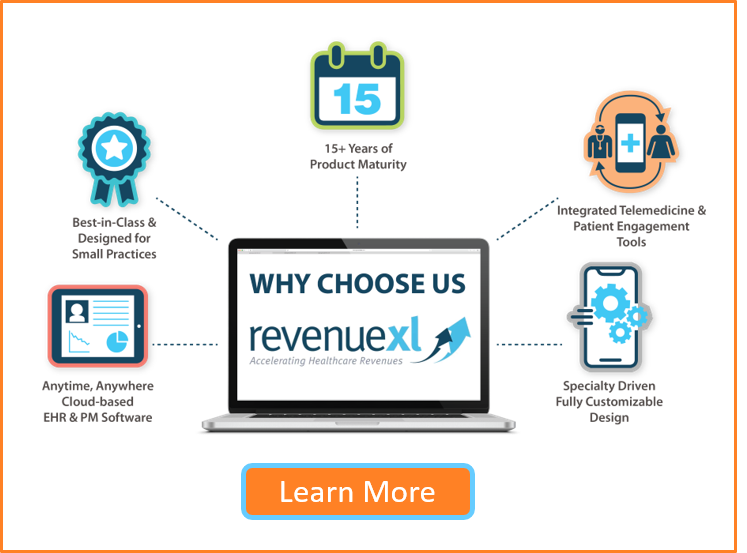Introduction to Free EMR Software
The appeal of Free EMR Software is undeniable, especially for smaller practices and independent healthcare providers aiming to reduce operational costs. At first glance, the idea of accessing electronic medical records without financial investment seems like an ideal solution. However, the term 'free' often comes with fine print—hidden costs, limited features, and potential security vulnerabilities.
In this article, we’ll unpack the truth behind Free EMR solutions, covering their benefits, drawbacks, and when they might—or might not—be the right choice for your practice.
What is Free EMR Software?
Free EMR software refers to Electronic Medical Record systems provided at no initial cost to healthcare providers. However, the word ‘free’ can have multiple interpretations depending on the software model.
Types of Free EMR Software:
-
Open Source EMR:
- Source code is freely available.
- Allows high customization but requires significant technical expertise.
- Example: Often used by tech-savvy clinics with dedicated IT teams.
-
Freemium EMR:
- Basic features are free, but advanced tools (e.g., analytics, integrations) require paid upgrades.
- Suitable for small practices with minimal requirements.
-
Ad-Supported EMR:
- Free access is funded through third-party advertisements.
- Ads may disrupt workflows and raise data privacy concerns.
Key Takeaway: Each model comes with trade-offs, and it’s essential to understand them before making a choice.
Advantages of Free EMR Software
While Free EMR software has limitations, it offers several benefits, particularly for small or startup practices.
1. Cost Savings:
- Eliminates upfront investment in EMR software.
- Helps small clinics allocate budgets to other priorities like staff or equipment.
2. Accessibility:
- Provides essential tools like patient scheduling, record storage, and basic documentation.
- Ideal for practices with low patient volume.
3. Trial Opportunity:
- Acts as a trial period before committing to premium solutions.
- Allows users to familiarize themselves with EMR functionalities without financial risks.
Example Use Case: A solo practitioner manages patient data efficiently using a Free EMR system with minimal overhead costs.
Hidden Costs and Limitations of Free EMR Software
Despite their appeal, Free EMR systems come with several significant drawbacks:
1. Limited Functionality:
- Basic systems may lack essential features like customizable templates, advanced analytics, or telehealth tools.
- Insufficient support for billing and claims processing.
2. Data Security and Ownership Risks:
- Data might not be fully owned by the practice.
- Free EMR platforms may lack HIPAA compliance and other critical security standards.
3. Integration Challenges:
- Limited compatibility with third-party billing and practice management software.
- Data silos disrupt workflows and efficiency.
4. Paid Upgrades and Hidden Costs:
- Advanced features, customer support, or system upgrades often require payments.
- Long-term costs can outweigh initial savings.
Key Takeaway: Free EMR might appear cost-effective initially, but these limitations can impact your practice's growth and efficiency.
Free EMR vs. Paid EMR Software: Key Differences
| Feature | Free EMR | Paid EMR |
|---|---|---|
| Customization | Limited | Highly customizable |
| Data Ownership | Often vendor-owned | Provider-owned |
| Support & Training | Minimal or paid add-ons | Comprehensive |
| Integration | Limited compatibility | Advanced, seamless integration |
| Security Standards | Basic compliance | Robust HIPAA compliance |
Choosing Between Free and Paid EMR:
- Free EMR: Suitable for small clinics with minimal patient data and basic needs.
- Paid EMR: Better for growing practices requiring scalability, integration, and compliance.
Evaluating Support and Maintenance in Free EMR Solutions
- Support Availability: Free EMR systems often provide limited or email-only customer support.
- Downtime Risks: Lack of immediate support can result in prolonged downtimes and operational disruptions.
- Training: Limited training resources may result in poor system adoption.
Best Practice Tip: Prioritize vendors offering reliable customer support and user training, even in free-tier plans.
Is Free EMR Software Right for Your Practice?
Free EMR software isn’t inherently bad—it just isn’t suitable for every practice.
When Free EMR Might Work:
- Small clinics with basic documentation needs.
- Temporary setups or pilot programs.
- Practices with minimal integration requirements.
When Free EMR Won’t Work:
- High patient volumes and data storage needs.
- Practices requiring advanced reporting tools.
- Clinics concerned about HIPAA compliance and data ownership.
Self-Assessment Checklist:
- Do I need integration with billing software?
- Is data privacy a priority?
- Can I afford to deal with limited technical support?
Alternatives to Free EMR Software
If Free EMR doesn’t meet your needs, here are some viable alternatives:
1. Affordable Cloud-Based EMR Solutions:
- Pay-as-you-go models reduce upfront costs.
- Scalable and highly secure.
2. Open-Source EMR Platforms:
- Free access with community support.
- Requires IT expertise for setup and customization.
3. Subscription-Based EMR Systems:
- Access advanced features at predictable monthly costs.
- Vendor-provided support and regular updates.
CTA: Explore scalable EMR solutions with RevenueXL EMR Software.
When and How to Transition from Free EMR to Paid EMR
When to Upgrade:
- Increasing patient volumes.
- Need for integration with billing and analytics tools.
- Security and compliance concerns.
How to Transition:
- Backup and secure existing data.
- Choose a vendor offering data migration services.
- Provide staff training for seamless adoption.
Best Practice Tip: Partner with experienced vendors for smooth transitions.
Final Thoughts on Free EMR Software
Free EMR software can be an excellent entry point for small practices, but it rarely meets the needs of growing healthcare providers. The hidden costs, limited functionality, and security risks often outweigh the initial cost savings.
For practices aiming for scalability, integration, and robust data security, investing in a reliable EMR system is essential.
Next Steps:
- Learn more about RevenueXL EMR Software.
- Explore the Benefits of Patient Portals.
- Understand The Future of EHR Platforms.
Take control of your practice's digital transformation today!






